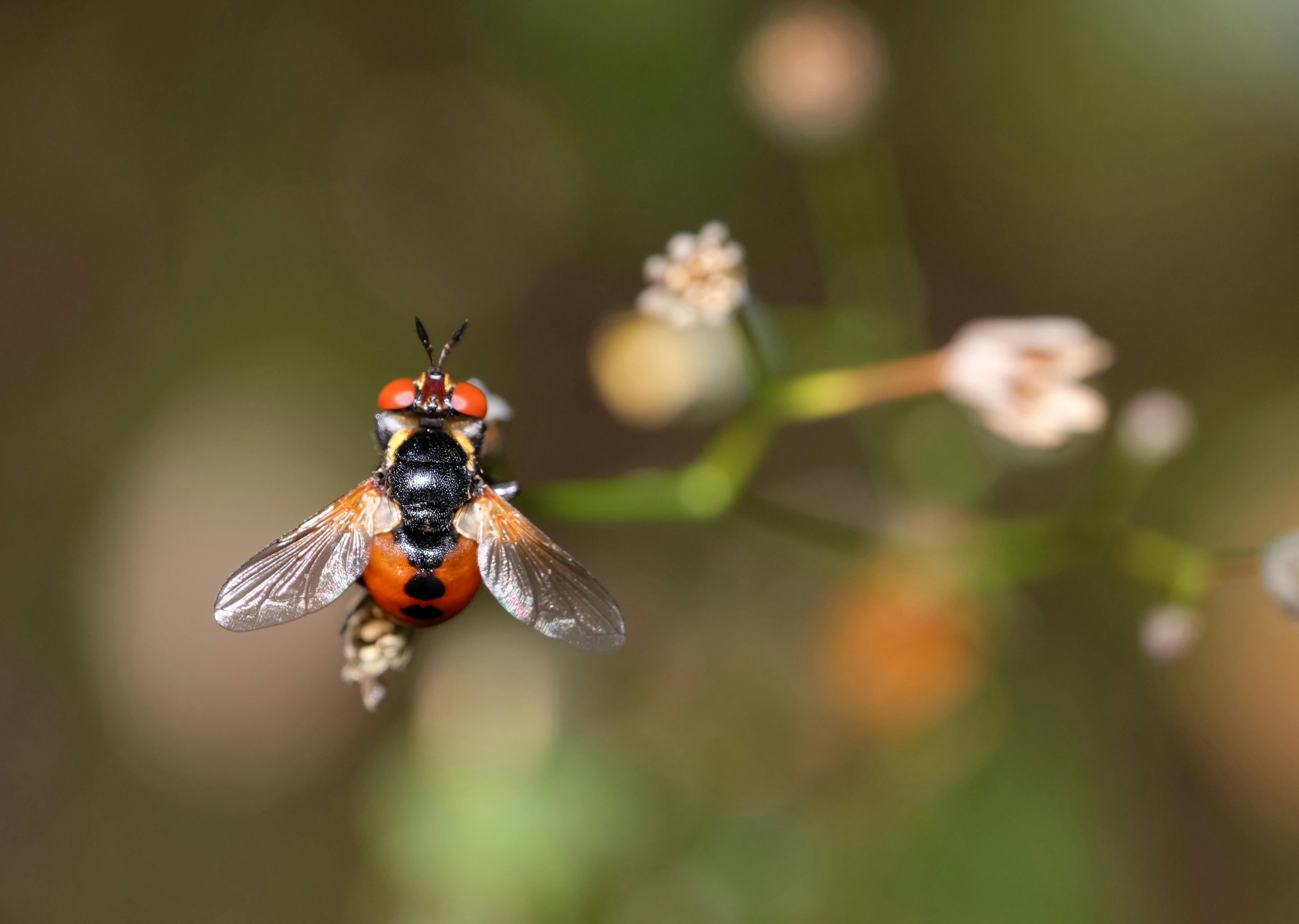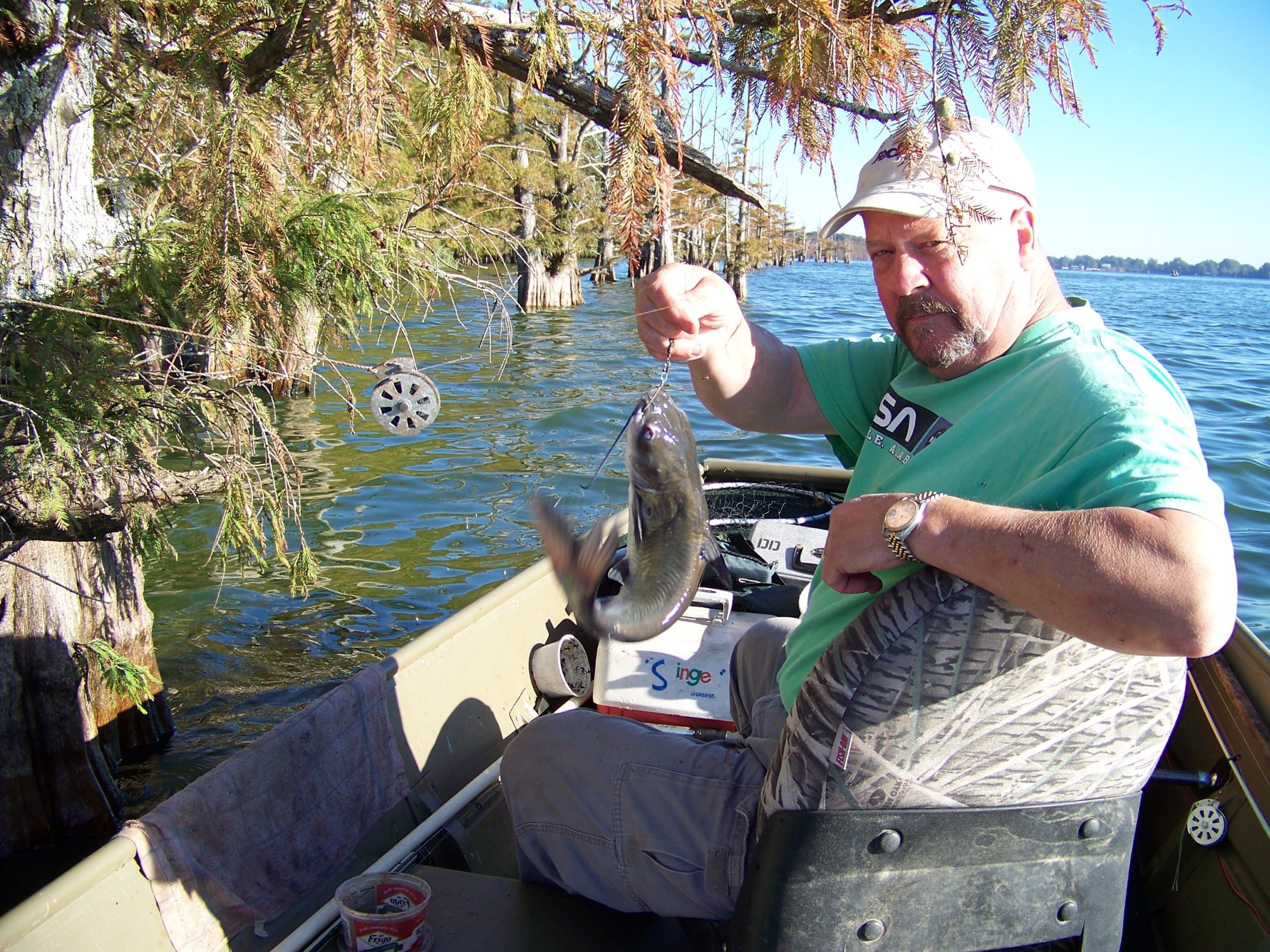
Apply Now


Smart Ways to Care for Your Fresh Water Puffer in 2025
Freshwater pufferfish are unique and engaging aquatic pets that require specific care to thrive in a home aquarium. Unlike many standard freshwater fish, puffers possess charming personalities and distinctive behaviors that can make them an exciting addition to any freshwater aquatic ecosystem. However, caring for these fascinating creatures comes with its own set of challenges, especially when considering their dietary needs, habitat requirements, and compatibility with other fish. Understanding how to establish a suitable aquatic environment is crucial to ensuring their long-term health and happiness. The importance of proper care for freshwater puffers cannot be overstated. Aquarists are often drawn to these pufferfish species due to their quirky behavior and stunning appearance. In this article, you'll discover essential tips on tank setup for puffers, their feeding habits, compatibility, and health monitoring strategies. By the end of this guide, you'll have a deeper understanding of freshwater puffer care, including optimal habitat conditions and maintenance tips to ensure a thriving aquarium. As you explore this article, keep an eye out for practical recommendations and unique insights from experienced aquarists. Our goal is to arm you with knowledge that enhances your freshwater puffer experience in 2025 and beyond. Let’s dive into the world of freshwater puffers!Understanding Pufferfish Species and Their Unique Characteristics
Building on the fundamentals of freshwater fish, understanding different pufferfish species is essential before embarking on your aquatic journey. There are various types of pufferfish, each displaying unique characteristics that influence their behavior and care requirements. Some of the most popular species for home aquariums include the ** pea puffer**, the **Mbu puffer**, and the **scarlet puffer**. Each species has distinct social behaviors, habitat preferences, and dietary needs. Puffers possess unique traits, such as their ability to inflate when threatened, which is a defense mechanism in the wild. Furthermore, understanding puffer behavior includes recognizing their social dynamics. Many puffers can be territorial, which is crucial when selecting tank mates. For instance, while some freshwater puffers can cohabit peacefully with other species, others may display aggressive tendencies that necessitate careful consideration of compatibility. When planning your aquarium, take note of their natural habitats. Many pufferfish like to dwell in densely vegetated areas of freshwater environments, which means your tank setup might benefit from ample decor, plants, and hiding spots. Additionally, water quality is paramount; maintaining a stable ecosystem that mirrors the puffer's natural habitat improves their overall well-being. Regular monitoring and adjustments to water parameters are required for proper pufferfish care.Setting Up the Perfect Tank for Freshwater Puffers
With these basics established, let's focus on tank setup for puffers. To ensure a healthy environment, you should begin with an appropriately sized aquarium. Ideally, puffers require a minimum tank size of **20 gallons**, with larger tanks providing a better environment for species like the Mbu puffer. This minimizes stress and aggression among tank mates and enhances their overall health and happiness. The next step is to consider the substrate for puffer tanks. Puffers often enjoy digging around, so a soft substrate like sand is preferable to avoid injury to their delicate skin. Incorporating various tank decorations and plants into the design enhances the overall aesthetics while providing hiding places and swimming space. However, avoid sharp objects, as puffers can be prone to injuries. Water quality is fundamental to freshwater aquarium fish. Ensure your puffer tank is equipped with reliable filtration to maintain optimal water conditions, including effective filtration to keep toxins at bay. Regular water changes and testing for ammonia, nitrites, and nitrates are also necessary to keep the aquatic environment healthy. Additionally, maintaining the correct temperature and adding enrichment items can significantly contribute to pufferfish happiness. When you’re ready to introduce pufferfish into their new home, consider the importance of establishing a routine to acclimate them properly to their tank. Following these principles will set the stage for a flourishing environment where your freshwater puffers can thrive.Feeding and Nutrition: The Key to Healthy Puffers
Connected to the tank setup is the critical aspect of feeding freshwater puffers. These fascinating creatures have specific dietary requirements, primarily influenced by their species and size. A proper pufferfish diet includes hard-shelled foods, such as snails and crustaceans, which help wear down their continuously growing teeth. Diverse nutrition is essential for promoting puffer health and facilitating overall growth. Creating an optimal feeding schedule is vital. Most puffers thrive with small meals offered **2-3 times a week**, avoiding overfeeding, which can lead to significant health issues. For younger puffers, a varied diet containing high-protein foods is crucial for their growth and development. Live food diets can also be beneficial, allowing puffers to exhibit natural hunting behavior, which contributes to their wellbeing and mental stimulation. While preparing your puffer feeding strategy, it’s essential to factor in common puffer misconceptions. Contrary to the belief that all pufferfish are herbivores, most thrive on a balanced diet that includes both plant and animal matter. Additionally, incorporating occasional treats, such as frozen brine shrimp or bloodworms, can be rewarding and provide further nutritional variety. Moreover, monitoring their feeding behaviors helps ensure that each puffer is eating adequately and remains healthy. Signs of insufficient nutrition include lethargy, weight loss, and, in some cases, aggression towards tank mates. By following these detailed guidelines for feeding and puffer nutrition, you’ll be investing in the long-term health and vitality of your freshwater puffers.Compatibility: Choosing the Right Tank Mates for Freshwater Puffers
Following this approach of researched feeding techniques, selecting compatible fish species for a community tank is essential for creating a harmonious aquatic environment. Understanding freshwater puffers' compatibility characteristics is crucial, as not all freshwater fish will coexist peacefully with puffers. Generally, small, peaceful species may be suitable tank mates for certain puffer species, while others should be housed alone or with similarly sized, hardy fish. When considering tank mates for freshwater puffers, prioritize fish that can tolerate similar water conditions. Using a puffer compatibility chart can streamline the process, helping you identify the best possible companions. Some suitable tank mates include certain types of **tetras**, **danios**, and robust **catfish**. Avoid aggressive species or those with long fins that may provoke the puffers, leading to stress and conflict in the tank. Additionally, keep in mind the size of the puffer species and their behavior traits when determining compatibility. Some freshwater puffers have unique personality traits that can affect social dynamics in the aquarium, potentially leading to territorial disputes. For instance, the pea puffer can be more social, while larger puffer species may become more aggressive as they mature. To ensure a thriving aquarium, carefully monitor interactions between fish and be ready to remove any incompatible species if necessary. Understanding which types of fish coexist well with puffers will enhance your experience as an aquarist and contribute to maintaining a supportive environment.Maintaining Your Freshwater Puffer’s Aquarium for Optimal Health
To keep your freshwater aquarium in top shape, effective puffer tank maintenance is crucial. Building on the previous sections, the maintenance routine will not only enhance the living conditions for your pufferfish but will also contribute to a thriving aquatic ecosystem. Regular tank maintenance involves water quality checks, substrate management, and general cleaning techniques. Start by performing routine water changes of **25-30%** every **two weeks**. This crucial practice helps maintain water quality and balance nutrient levels. In addition to water changes, testing aquarium parameters, including pH, ammonia, and nitrate levels, is necessary to ensure the ideal living conditions for your puffers. Water stabilization and consistency are vital factors for their overall well-being. Substrate care is another essential aspect of tank maintenance for your puffer. Regularly assess the substrate for any uneaten food or detritus that may pollute the tank. Soft substrates also require gentle care to prevent displacing materials that could obstruct tank filtration. Familiarize yourself with effective substrate management techniques to keep the environment clean and healthy. It’s also essential to keep an eye out for common puffer diseases by observing their behavior and physical appearance. Learning how to spot early warning signs of stress or illness enables prompt action and improves the chances of recovery. Lastly, maintaining a clean tank contributes to better puffer aesthetics, allowing you to showcase your beautiful fish while ensuring a healthy environment. By following these puffer maintenance tips, you will bolster your freshwater puffer's health while enjoying the rewarding experience of aquarium keeping.Conclusion: Successfully Caring for Your Freshwater Puffers
In conclusion, caring for freshwater puffers is a rewarding venture that necessitates attention to detail and understanding of their unique needs. By developing a well-crafted care routine, you can enjoy the fascinating behaviors and charming traits of these fish. Emphasizing tank setup, accurate feeding, compatibility, and maintenance will create a thriving aquatic home for your pufferfish. Continue nurturing your knowledge about puffer species and their habitats while fostering an enriching environment that supports sustainable fishkeeping in your own home aquarium. Your freshwater puffers will thrive in a well-maintained environment, showcasing their unique personalities and characteristics. By understanding puffer care in 2025, you'll provide a happy and healthy life for your aquatic companions.
